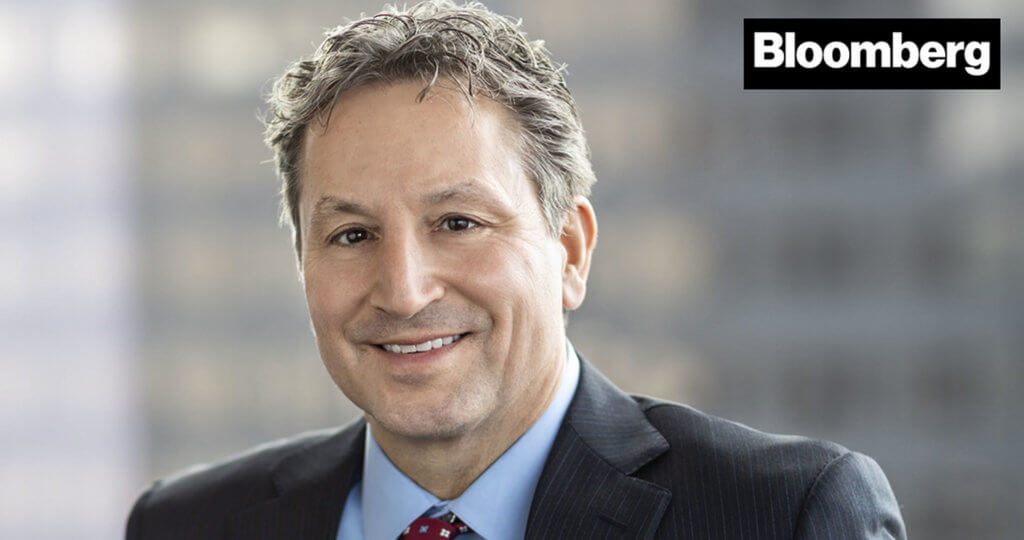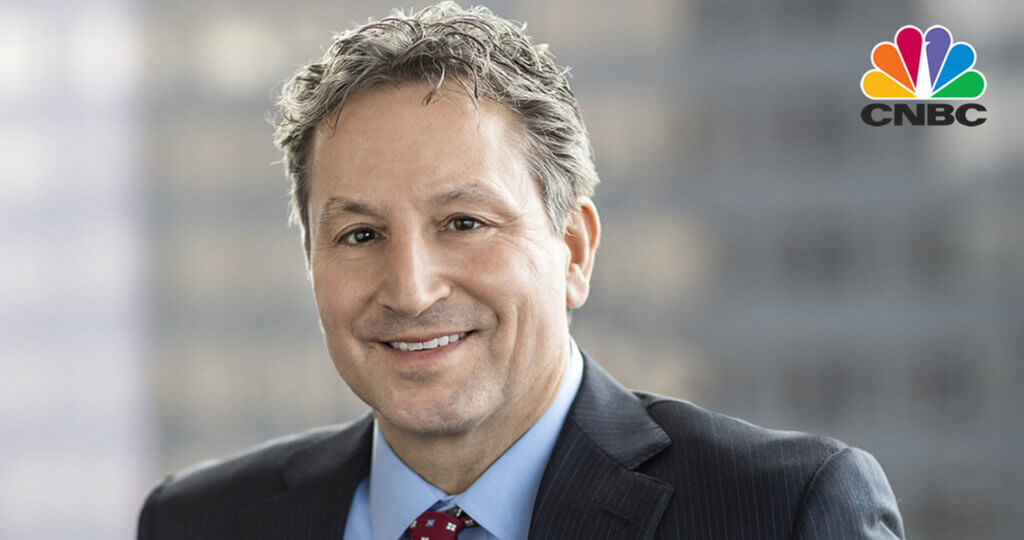Oakmark International Fund – Investor Class
Average Annual Total Returns 03/31/18
Since Inception 09/30/92 10.17%
10-year 7.91%
5-year 8.74%
1-year 15.29%
3-month -2.77%
Gross Expense Ratio as of 09/30/17 was 1.00%
Net Expense Ratio as of 09/30/17 was 0.95%
Past performance is no guarantee of future results. The performance data quoted represents past performance. Current performance may be lower or higher than the performance data quoted. The investment return and principal value vary so that an investor’s shares when redeemed may be worth more or less than the original cost. The To obtain the most recent month-end performance data, view it here.
The Oakmark International Fund declined 2.8% for the quarter ended March 31, 2018, underperforming the MSCI World ex U.S. Index, which declined 2.0% over the same period. However, the Fund has returned an average of 10.2% per year since its inception in September 1992, outperforming the MSCI World ex U.S. Index, which has averaged 6.2% per year over the same period.
Intesa Sanpaolo, an Italian retail and commercial bank, was the top contributor to performance for the quarter. During the quarter, Intesa released fiscal 2017 earnings that exceeded expectations. The company’s total amount of non-performing loans declined for the ninth straight quarter, further improving its asset quality, and Intesa’s capital position was stronger than expected. The company also announced its new business plan for 2018-2021. At first glance the plan appears ambitious, but we have confidence in CEO Carlo Messina who largely delivered on the previous plan (2013-2017). A few highlights include revenue CAGR of 4%, credit costs declining to pre-crisis levels, net income increasing nearly 60% to E6 billion and a CET1 ratio of 13.1% by 2021. We continue to be impressed by Messina and believe he has great command of both the big picture and the details of the business. We believe Intesa remains an extremely well-run bank, trading at a significant discount to our estimate of intrinsic value.
H&M, a global fashion designer and retailer, was the largest detractor for the quarter. Shares reacted negatively to fiscal 2017 results reported in January. Disappointing fourth-quarter sales and elevated inventory levels led to increased markdowns. H&M didn’t have enough of the right product overall or enough of the right product in the right stores, which resulted in poor sell-through. In addition, it seems price grouping projections were apparently incorrect, and there were too many relatively high-cost items that didn’t sell. These internal issues amplified the external pressures facing the entire retail sector. Weak sales, combined with gross margin pressure, led to a significant decline in earnings year-over-year. First-quarter numbers reported in March were also weak, though management signaled these results in February at the company’s capital markets day (CMD). Also at the CMD, in a show of increased transparency, management provided insight into current performance and highlighted that the online offering was stronger than many expected. The management team provided more detail on plans to grow the like-for-like sales in physical stores and profits over the long term. In the short term, however, we expect conditions to remain challenging. The second half of fiscal 2018 will be a critical period for H&M’s evolution and for determining if their many initiatives will be successful. Despite H&M’s performance, management’s guidance still indicates improved results and a slight increase in EBIT during the year. H&M has been a frustrating investment, but we believe management is making progress and that the investment will reward shareholders in the long term.
During the quarter, we sold our position in Infosys (India), Kering (France) and Komatsu (Japan) and added four new names to the portfolio: Bayer (Germany), a leading global agricultural, pharmaceutical and consumer health company; Cenovus Energy (Canada), an integrated oil and gas company; Naspers (South Africa), a media and internet conglomerate; and Ryanair Holdings (Ireland), the leading ultra-low cost carrier in Europe.
Geographically, we ended the quarter with 85% of our holdings in Europe, 5% in Japan and 3% in Australia. The remaining positions are in the U.S., Mexico, Canada, India, China, Indonesia, Taiwan, South Korea and South Africa.
We continue to believe the Swiss franc is overvalued versus the U.S. dollar. As a result, we defensively hedged a portion of the Fund’s exposure. Approximately 20% of the Swiss franc exposure was hedged at quarter end.
We continue to focus on finding attractive, undervalued international companies with management teams focused on building shareholder value. We thank you for your support.
The securities mentioned above comprise the following percentages of the Oakmark International Fund’s total net assets as of 03/31/18: Intesa Sanpaolo SpA 3.8%, Hennes & Mauritz AB (H&M), Class B 3.6%, Infosys, Ltd. 0%, Kering 0%, Komatsu, Ltd. 0%, Bayer AG 2.4%, Cenovus Energy, Inc. 0.1%, Naspers Ltd. 0.9% and Ryanair Holdings ADR 0.2%. Portfolio holdings are subject to change without notice and are not intended as recommendations of individual stocks.
The net expense ratio reflects a contractual advisory fee waiver agreement through January 28, 2019.
The MSCI World ex U.S. Index (Net) is a free float-adjusted, market capitalization-weighted index that is designed to measure international developed market equity performance, excluding the U.S. The index covers approximately 85% of the free float-adjusted market capitalization in each country. This benchmark calculates reinvested dividends net of withholding taxes. This index is unmanaged and investors cannot invest directly in this index.
The Fund’s portfolio tends to be invested in a relatively small number of stocks. As a result, the appreciation or depreciation of any one security held by the Fund will have a greater impact on the Fund’s net asset value than it would if the Fund invested in a larger number of securities. Although that strategy has the potential to generate attractive returns over time, it also increases the Fund’s volatility.
The percentages of hedge exposure for each foreign currency are calculated by dividing the market value of all same-currency forward contracts by the market value of the underlying equity exposure to that currency.
Investing in foreign securities presents risks that in some ways may be greater than U.S. investments. Those risks include: currency fluctuation; different regulation, accounting standards, trading practices and levels of available information; generally higher transaction costs; and political risks.
The discussion of the Fund’s investments and investment strategy (including current investment themes, the portfolio managers’ research and investment process, and portfolio characteristics) represents the Fund’s investments and the views of the portfolio managers and Harris Associates L.P., the Fund’s investment adviser, at the time of this letter, and are subject to change without notice.
All information provided is as of 03/31/18 unless otherwise specified.






